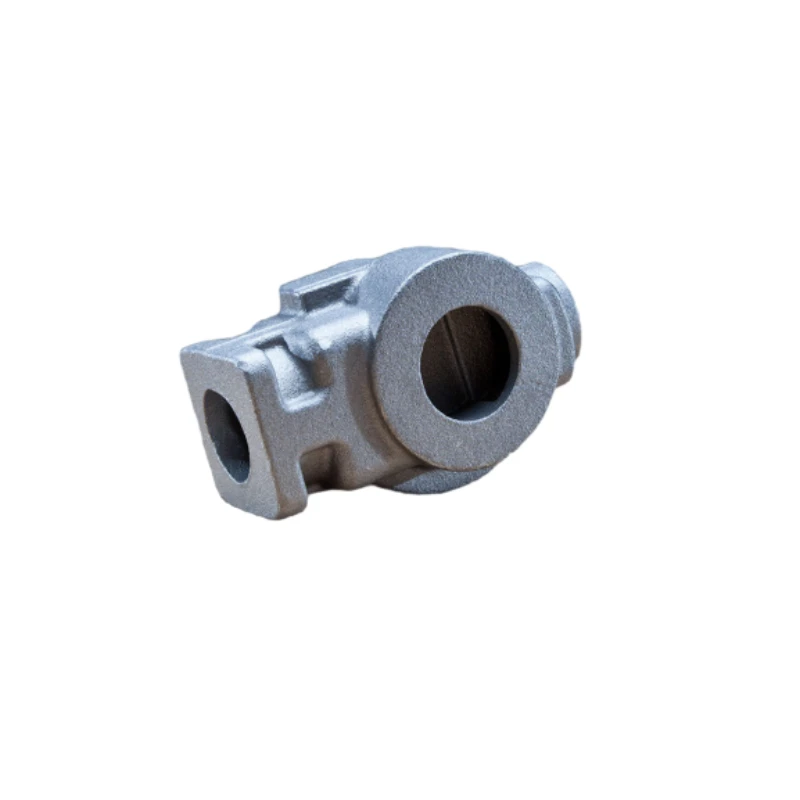carbon fiber machining
Machining Carbon Fiber Techniques and Considerations
Carbon fiber has emerged as a revolutionary material in various industries, notably in aerospace, automotive, and sporting goods, due to its exceptional strength-to-weight ratio and resilience. However, machining carbon fiber presents unique challenges that require specialized techniques and tools to achieve the desired precision and surface finish. This article explores the intricacies of carbon fiber machining, including methods, tools, and important considerations.
Understanding Carbon Fiber
Carbon fiber is a composite material made from carbon atoms bonded together in a crystalline structure. This creates a lightweight yet incredibly strong material that can withstand high stress and temperature variations. However, its unique properties also mean that traditional machining methods often fall short, leading to issues such as splintering, delamination, and tool wear.
Common Machining Techniques
1. Cutting The most commonly used machining process for carbon fiber is cutting. This can be done using various methods including saws, routers, and waterjet cutting. When using saws, it is essential to select fine-toothed blades that minimize the risk of splintering. Routering allows for intricate designs but requires effective coolant or vacuum systems to manage dust and debris effectively.
2. Drilling Drilling carbon fiber can be challenging due to its tendency to delaminate under stress. To prevent this, sharp, low-speed drilling with the appropriate feeds is crucial. Specialized drill bits designed for composite materials are often recommended to enhance precision and reduce the risk of fraying and tearing.
3. Milling CNC milling is frequently employed for producing complex shapes and designs in carbon fiber. High spindle speeds and feed rates can lead to a superior surface finish, but they also increase wear on tools. Therefore, using high-quality carbide tooling is essential, and cooling mechanisms should be in place to prevent overheating.
carbon fiber machining

4. Finishing Finishing processes, such as sanding and polishing, help achieve the desired surface quality. However, care must be taken to avoid overheating or damaging the fibers. Using appropriate grit sandpaper and techniques can significantly affect the final appearance and performance of the machined component.
Tooling Considerations
Choosing the right tooling for carbon fiber machining is paramount. Traditional metal machining tools can quickly become dull when used on composite materials. Consequently, tungsten carbide or diamond-coated tools are often preferred for their durability and effectiveness. Additionally, tools should be modified to account for the unique abrasiveness of carbon fiber, ensuring longer tool life and better performance.
Safety Measures
Machining carbon fiber poses potential health risks due to the fine dust particles that can be generated during the process. Proper ventilation systems in addition to the use of personal protective equipment (PPE) such as masks and goggles are crucial to prevent inhalation and skin contact with the material. Regular maintenance of machinery also aids in controlling dust and reducing hazards in the workplace.
Conclusion
Machining carbon fiber involves a complex interplay of techniques and considerations that differ significantly from traditional machining practices. By utilizing appropriate methods, high-quality tooling, and strict safety measures, manufacturers can effectively machinate carbon fiber parts that meet the demanding requirements of modern industries. As the demand for lightweight, high-performance materials continues to grow, mastering the art of carbon fiber machining will be essential for maintaining a competitive edge in the market.
-
Precision Sheet Metal Stamping Manufacturer | Fast & ReliableNewsAug.01,2025
-
OEM Sand Cast Pump Valve Fittings - Baoding Hairun Machinery And Equipment Trading Co., Ltd.NewsAug.01,2025
-
Custom OEM Impellers | High Efficiency & PrecisionNewsAug.01,2025
-
OEM Sand Cast Pump Valve Fittings - Baoding Hairun Machinery | Customization, Quality AssuranceNewsAug.01,2025
-
OEM Sand Cast Pump Valve Fittings - Baoding Hairun Machinery And Equipment Trading Co., Ltd.NewsAug.01,2025
-
OEM Sand Cast Pump Valve Fittings - Baoding Hairun Machinery And Equipment Trading Co., Ltd.NewsJul.31,2025















